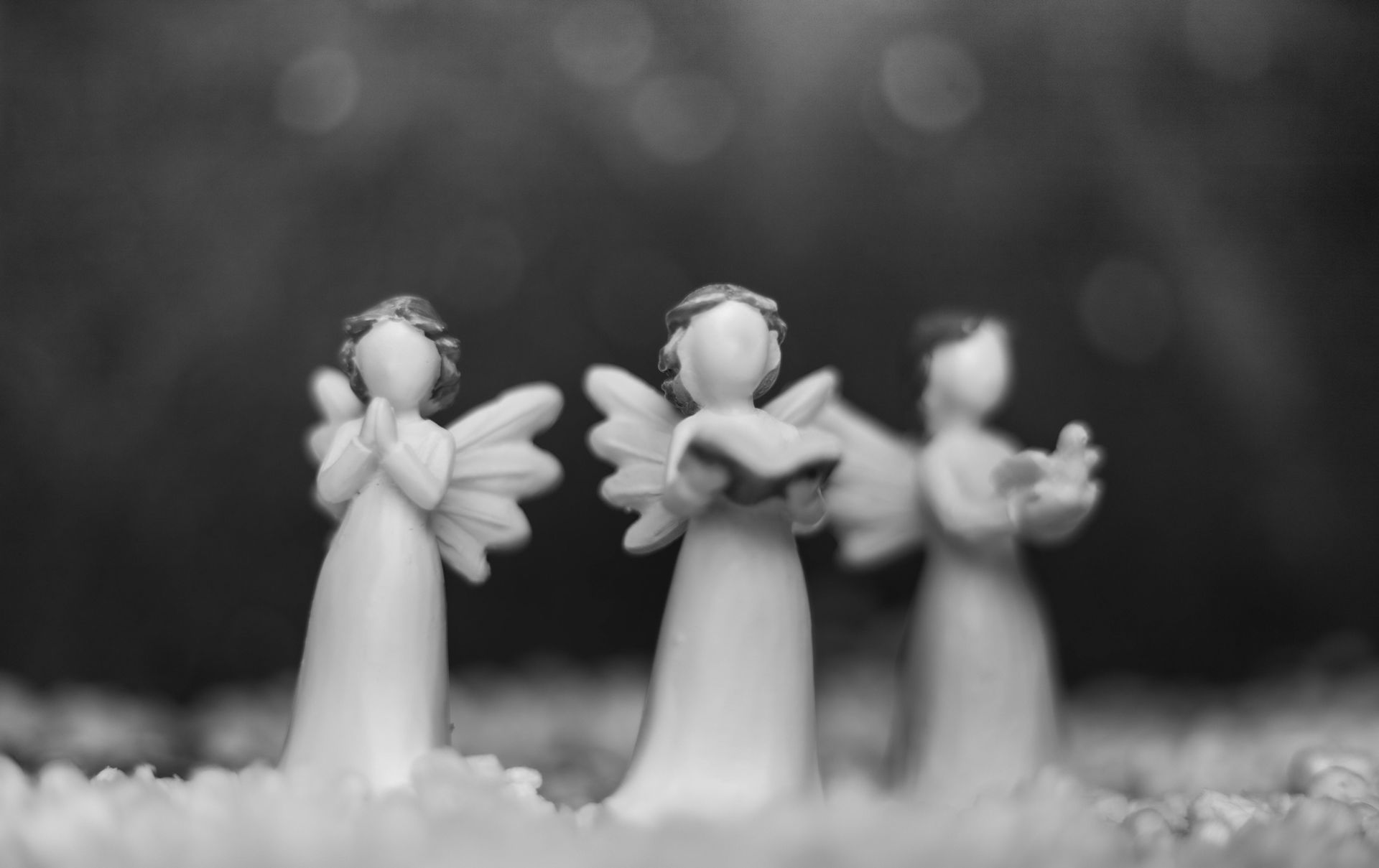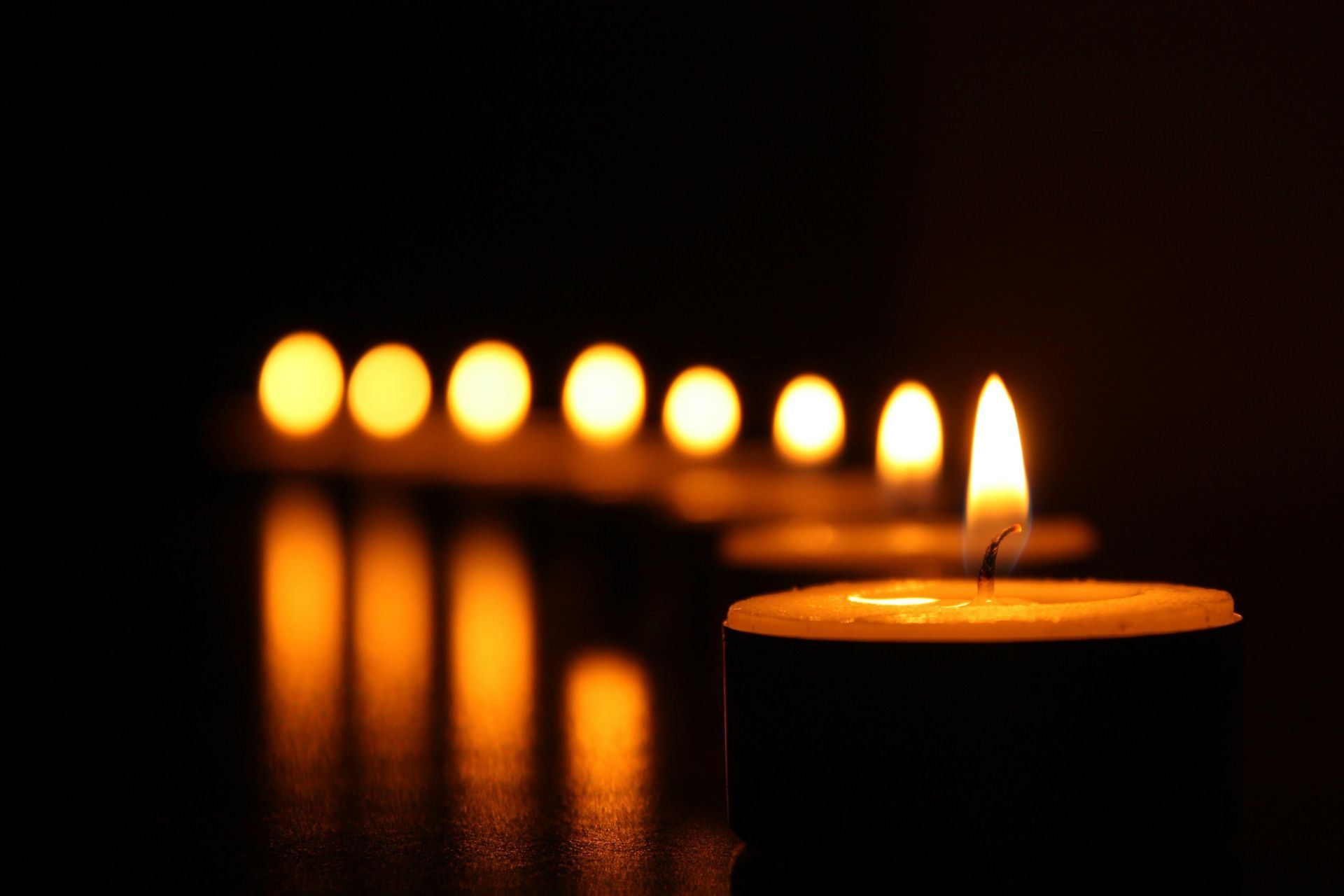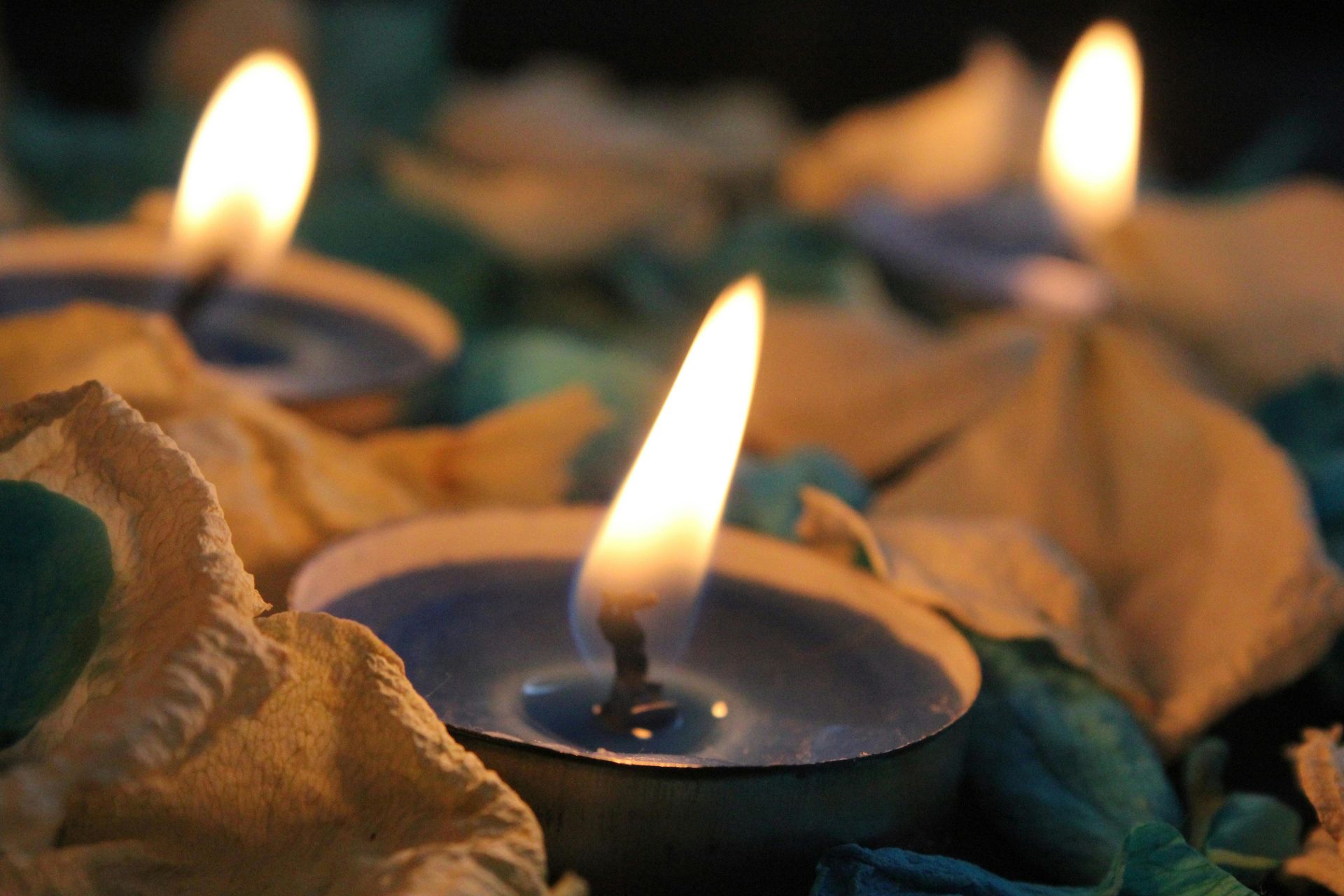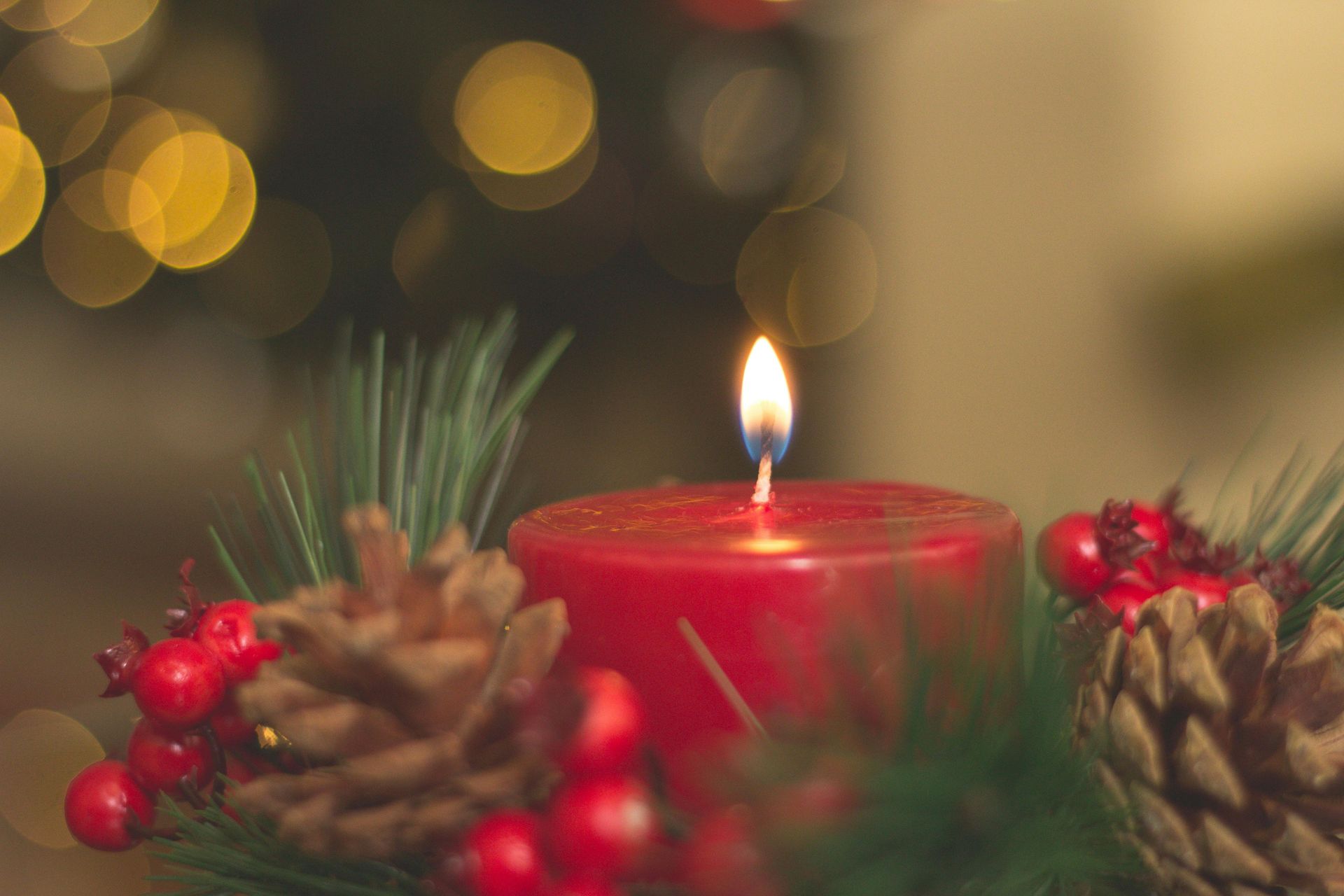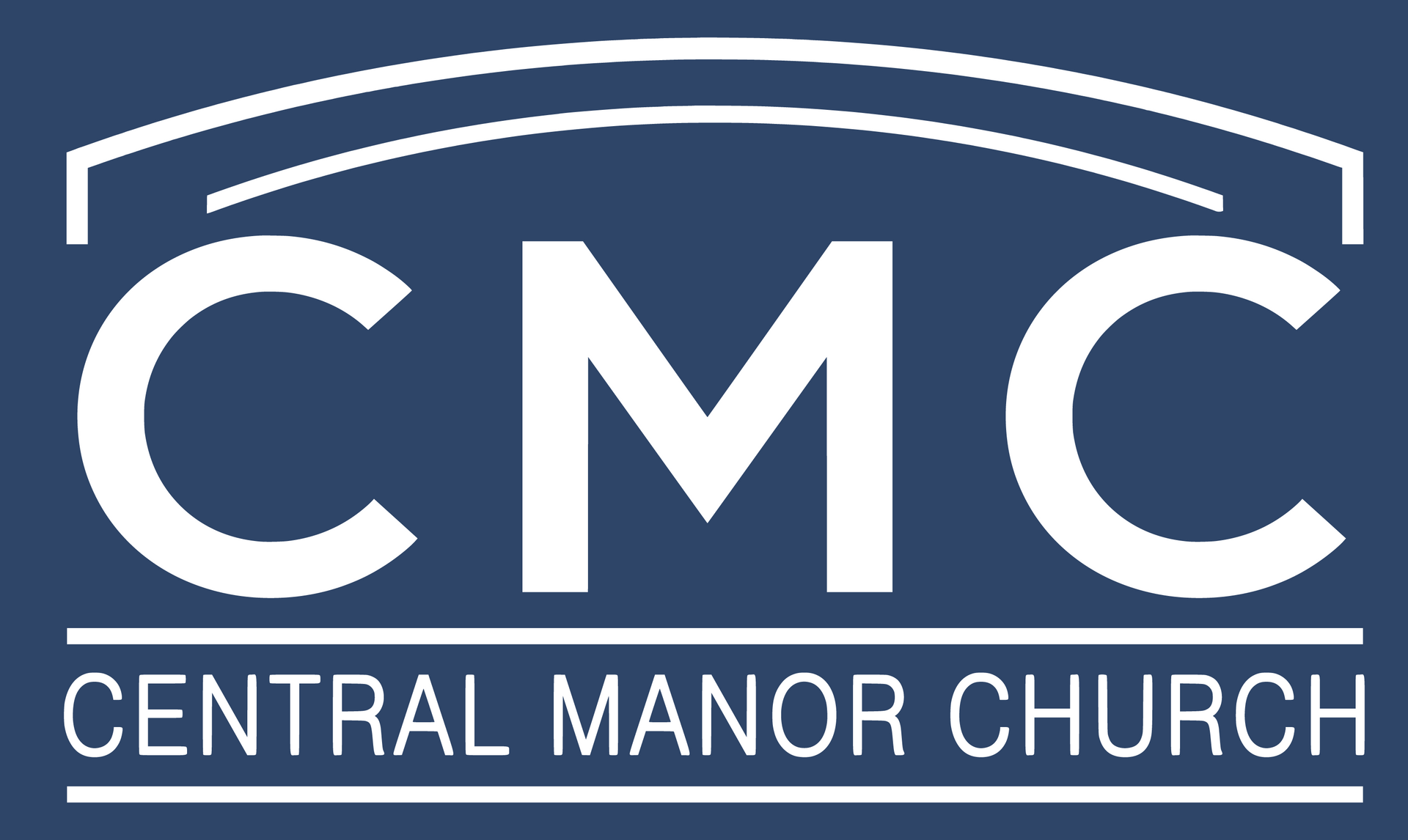Light in Our Darkness
Jeremy Metze • December 23, 2024
2 Corinthians 4:6
"For God, who said, “Let light shine out of darkness,” has shone in our hearts to give the light of the knowledge of the glory of God in the face of Jesus Christ."
G.K. Chesterton wrote in The Illustrated London News in 1917, “It is no good to send up a golden and purple rocket for the glory of the King and Country, or to light a red and raging bonfire on the day of St. George, when everybody is used to seeing the same fiery alphabet proclaiming the importance of Tibble’s Tooth Paste or Giggle’s Chewing Gum. The new illumination has not, indeed, made Tibble and Giggle so important as St. George and King George, because nothing could. But it has made people weary of the way of proclaiming great things, by perpetually using it to proclaim small things. It has not destroyed the difference between light and darkness, but it has allowed the lesser light to put out the greater.”
Chesterton wrote this 107 years ago, and although the references to King and Country might offend our American senses, the gist of what he writes rings truer now that it did then. As we near the end of advent and celebrate Christmas Day, we should ask ourselves, “How many lesser lights have put out the greater?” Advertisements tailor-made just to our unique interests now follow us everywhere we go. These lesser lights are in constant attention for our focus, particularly this time of year. If we’re not careful, Advent’s theme of the light overcoming the darkness may be lost on us, but consider what Paul wrote in 2 Corinthians 4:6,
For God who said, “Let light shine out of darkness,” has shone in our hearts to give the light of the knowledge of the glory of God in the face of Jesus Christ.”
The Creator of the universe, who created light, has shone in our hearts to expose our sins and to illuminate the way for us to know Him, that is through His incarnate Son, Jesus Christ. There is simply no greater proclamation to be made at Christmas! It cannot be missed in the busyness or over-saturation of this season. We cannot allow “the lesser light to put out the greater” in our lives at Christmas.
Now, I love Christmas, and in no way would I want to discourage you at all from celebrating it merrily, but I do want you to consider this. Think of the many wonderful Christmas traditions that you have as concentric circles moving from outside to inside as least significant to most significant. Is Christ in the center? Is Jesus the most significant? If He has not been, how can you focus more clearly on Jesus Christ this Christmas?

